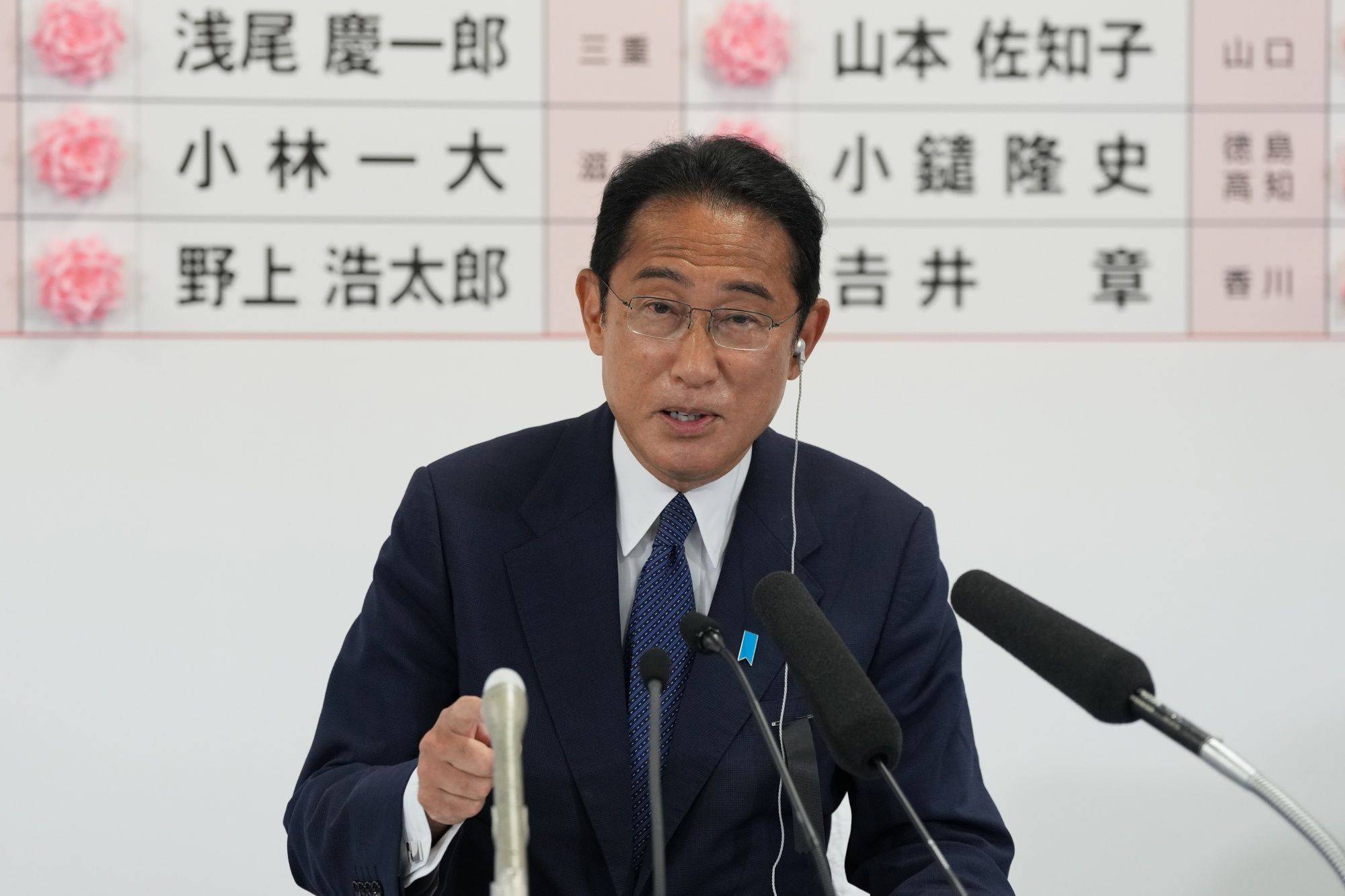With two successful national elections now under his belt, Prime Minister Fumio Kishida has what is being called a “golden three years” to focus on reviving the Japanese economy, with any election during that time being of his own prerogative.
This should enable him to tackle not only immediate issues, but also the kind of structural economic problems that require significant amounts of time and political capital.
“This is quite big,” said Keiji Kanda, a senior economist at the Daiwa Institute of Research. “Although the situation might change, the prime minister has obtained about three years to act freely.”



















With your current subscription plan you can comment on stories. However, before writing your first comment, please create a display name in the Profile section of your subscriber account page.